When it comes to building strong, defined shoulders, the variety of pressing movements can be both a blessing and a source of confusion. Terms like military press, shoulder press, and overhead press are often used interchangeably—but should they be? Not exactly.
Let’s break down the real differences between these movements, compare equipment options like barbells vs dumbbells, and help you figure out which version best fits your training goals.
What Is the Shoulder Press?
The shoulder press is a general term for any vertical pressing movement that targets the deltoids—especially the anterior (front) and medial (side) heads—along with supporting muscles like the triceps and upper traps. It can be done seated or standing, with barbells, dumbbells, kettlebells, or even machines.
What Is the Overhead Press?
Often used interchangeably with the shoulder press, the overhead press (OHP) refers more specifically to pressing a weight overhead in a standing position. While all overhead presses are shoulder presses, not all shoulder presses are overhead presses. For example, a seated dumbbell shoulder press isn’t technically an overhead press.
The overhead press also demands more core engagement and full-body coordination, making it a more compound-oriented variation.
What Is the Military Press?
The military press is a stricter version of the standing overhead press. It requires the feet to be together, the glutes and core braced, and no leg drive at all. The upright posture mimics military standing attention—hence the name. It places a higher emphasis on strict form and shoulder isolation.
Key Differences at a Glance
| Movement | Stance | Equipment | Stability Required | Muscle Emphasis |
|---|---|---|---|---|
| Military Press | Feet together | Barbell or dumbbell | High | Shoulders, triceps, core |
| Overhead Press (OHP) | Feet shoulder-width | Barbell or dumbbell | Moderate-High | Shoulders, triceps, core |
| Seated Shoulder Press | Seated | Dumbbells/barbell/machine | Low | Shoulders, less core |
Dumbbell vs Barbell: Which Press Is Better?
Both barbell and dumbbell shoulder presses offer solid benefits, but they come with trade-offs.
Barbell Shoulder Press
-
More weight potential = better for strength gains
-
More stable and efficient for progressive overload
-
Better suited for bilateral strength development
Dumbbell Shoulder Press
-
Greater range of motion
-
Promotes balanced strength across both arms
-
Activates more stabilizer muscles
If you're focused on strength and progressive loading, the barbell overhead press or barbell military press is ideal. If you’re working on muscle balance, shoulder health, or have joint limitations, dumbbells may serve you better.
Personal Insight: Why I Switched to Dumbbells
In my early years of lifting, I prioritized the barbell overhead press. It felt powerful, and I enjoyed watching my numbers climb. But over time, I started noticing shoulder discomfort—especially on my left side. After switching to dumbbell shoulder presses, I noticed more freedom in my range of motion and a significant drop in pain. Today, I cycle between both tools depending on the phase of my training, but dumbbells are my go-to for long-term shoulder health.
Strict Press vs Military Press
The strict press is another name for the overhead press performed without leg drive. In many programs, it's synonymous with the military press, but with less rigidity around foot position. If your program includes “strict press,” assume it’s meant to exclude any push-press style leg involvement.
Frequently Asked Questions
Is the overhead press the same as the shoulder press?
Not always. Shoulder press is a broad term; the overhead press is a specific type of shoulder press—usually done standing.
Military press vs overhead press: what's harder?
The military press is typically harder due to the narrower stance and stricter posture. It limits your ability to generate tension through the legs and hips.
Dumbbell vs barbell overhead press—who wins?
Neither. Both have their place. Use barbells for strength and load, dumbbells for balance, mobility, and shoulder longevity.
Should I do the shoulder press seated or standing?
Seated variations isolate the shoulders better. Standing presses train your core and total-body coordination. Choose based on your goals.
Final Thoughts
Whether you’re weighing the military press vs shoulder press, or wondering whether to go barbell or dumbbell, the answer depends on your goals. If you want pure strength and efficiency—go barbell. If you want joint-friendly hypertrophy and balance—dumbbells are your friend.
Rather than picking just one variation, consider rotating them across different training blocks. You’ll build better-rounded shoulders, reduce your risk of injury, and keep your training fresh.



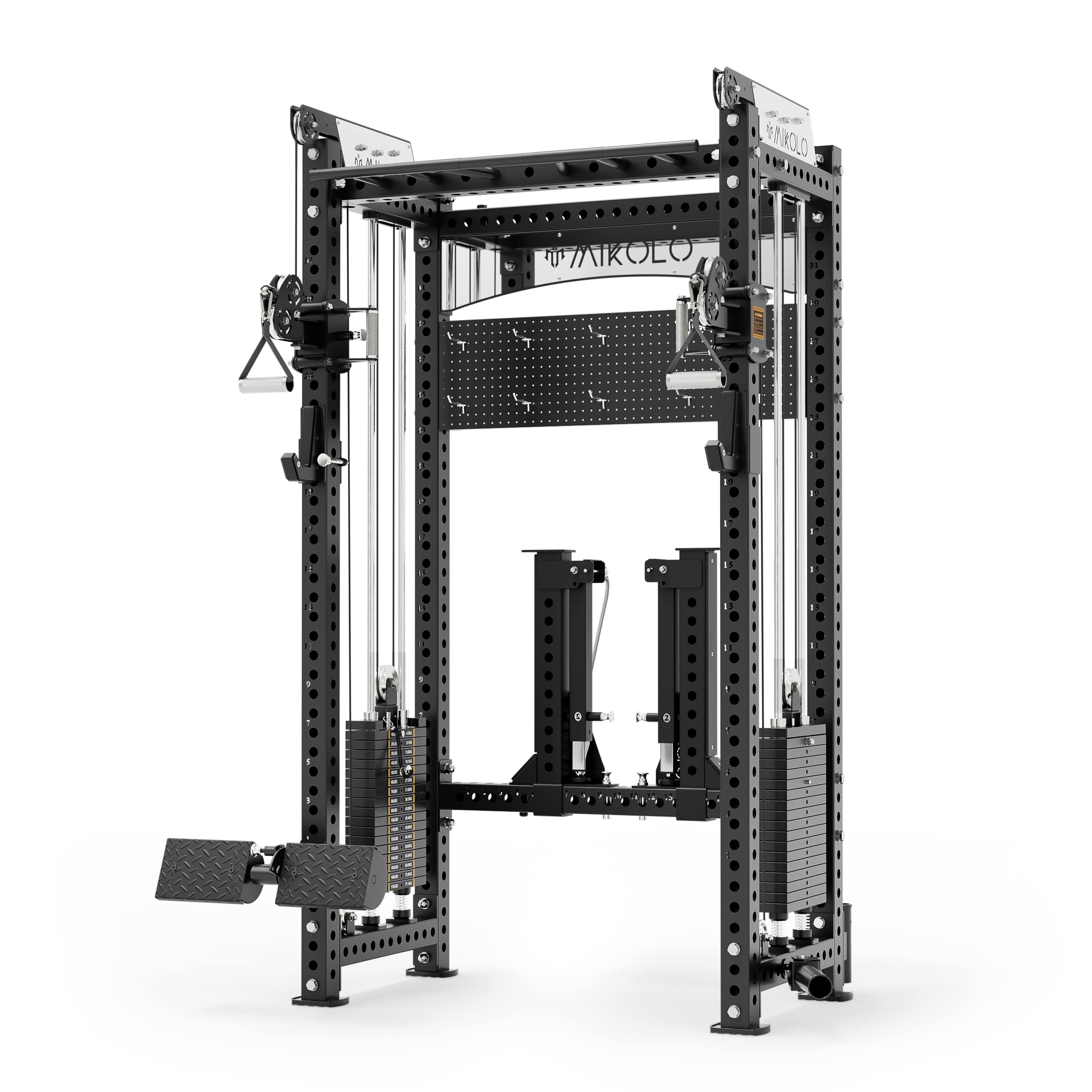

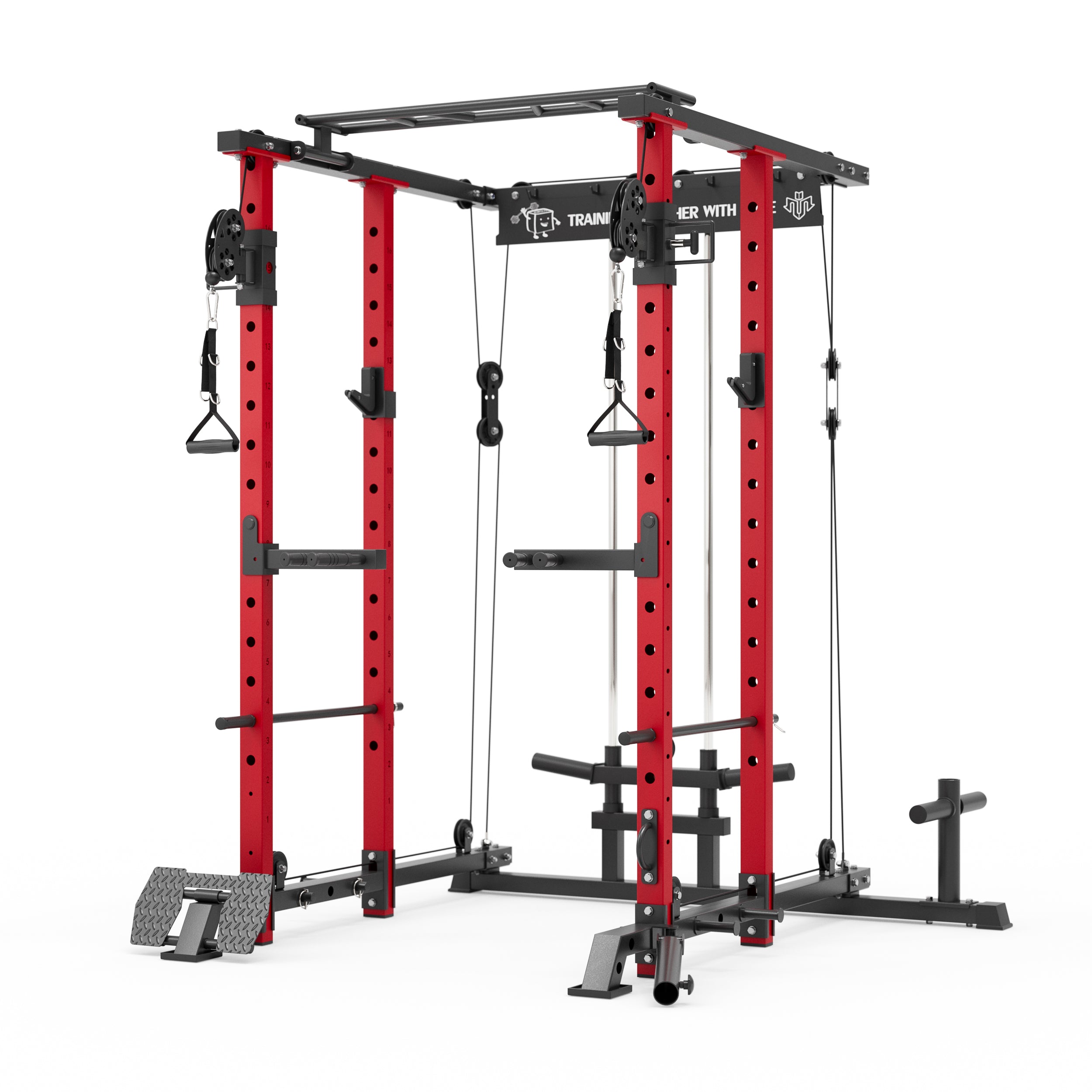



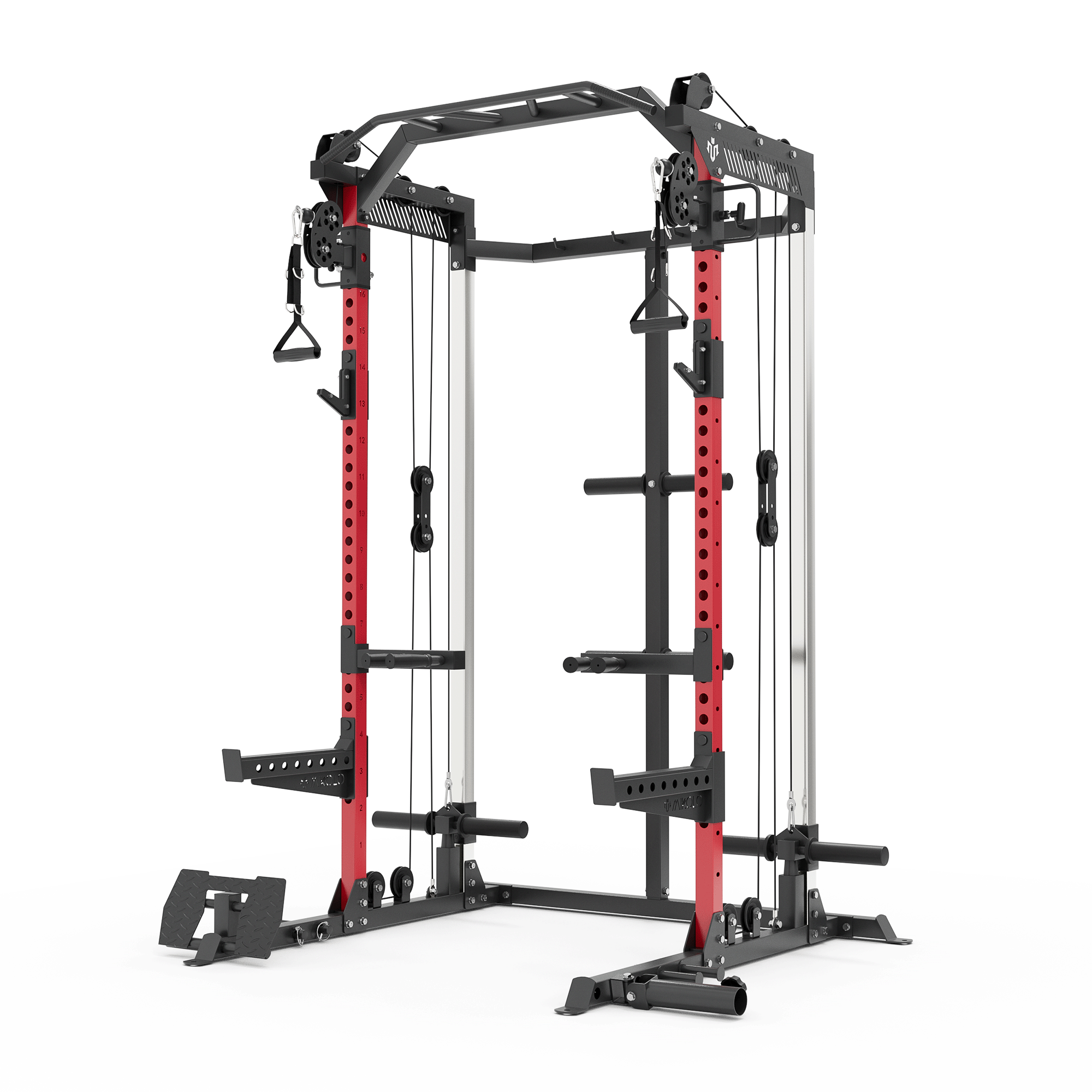
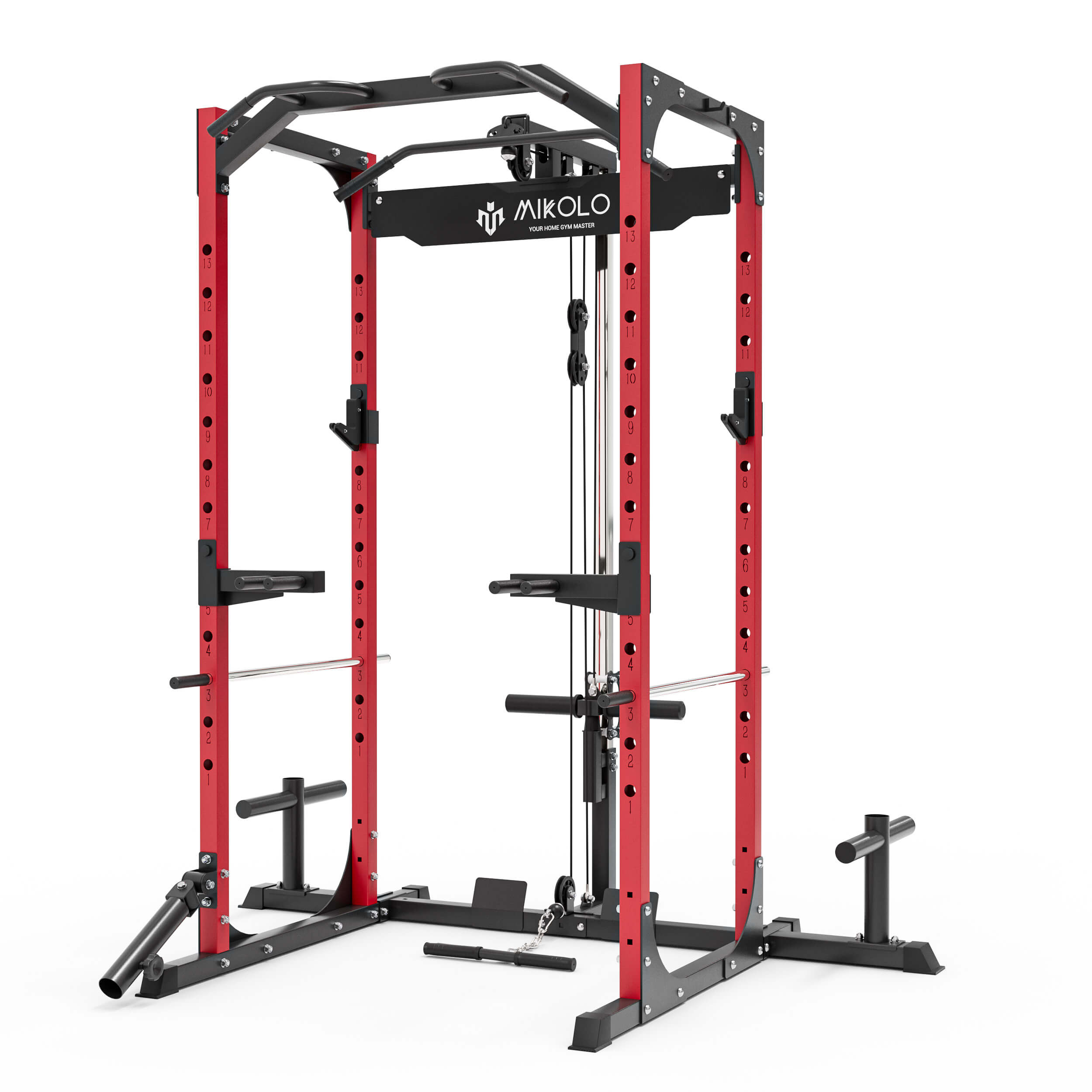




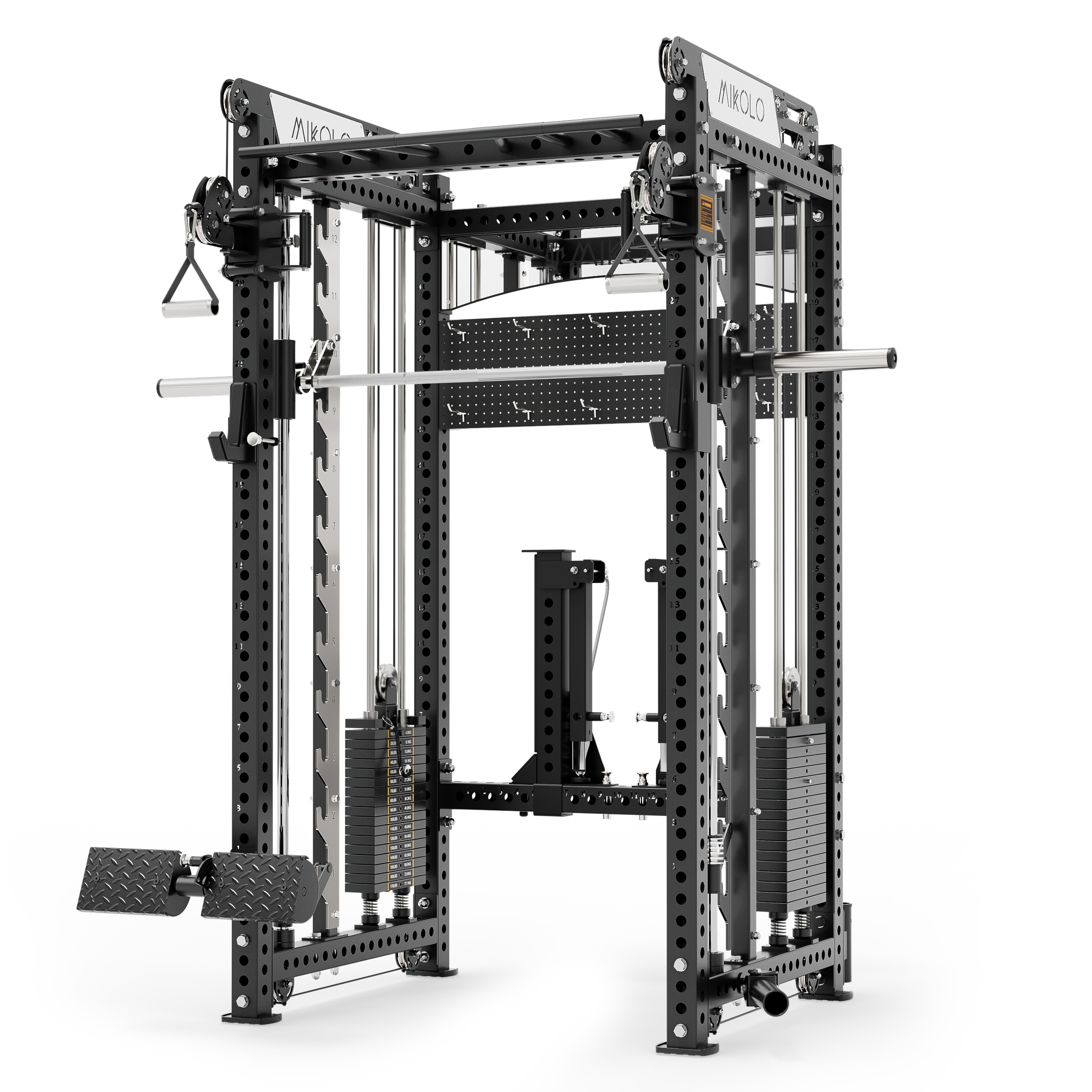

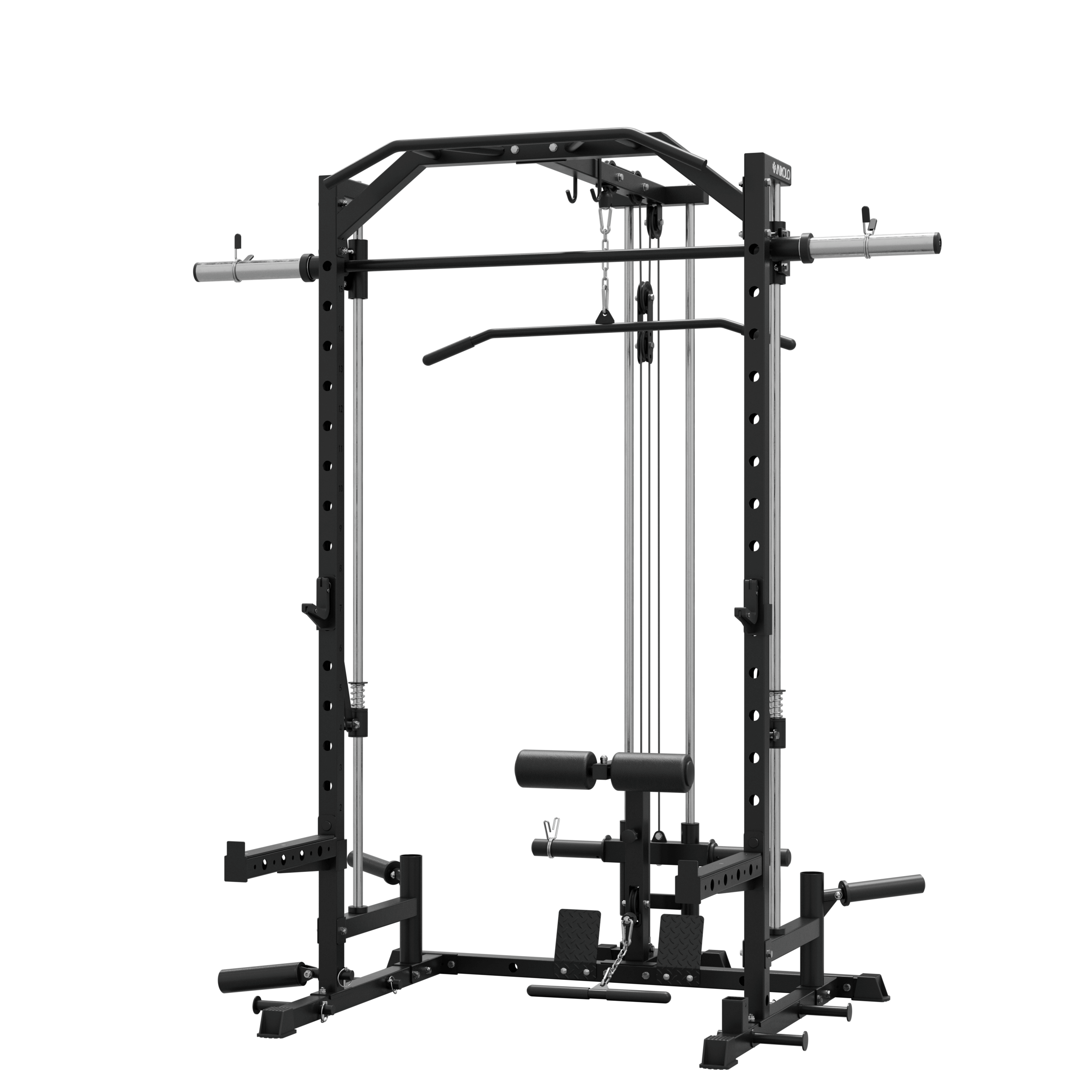
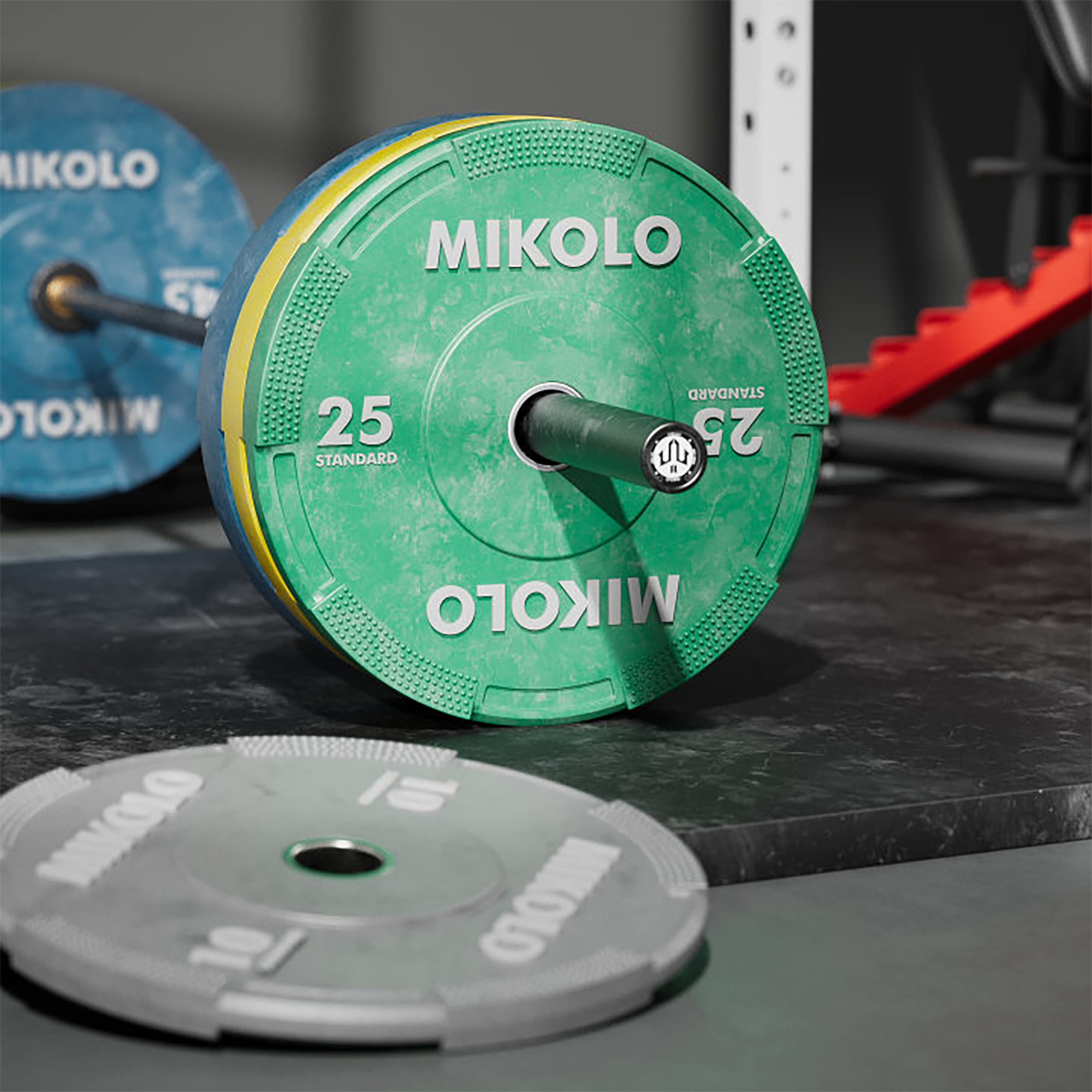
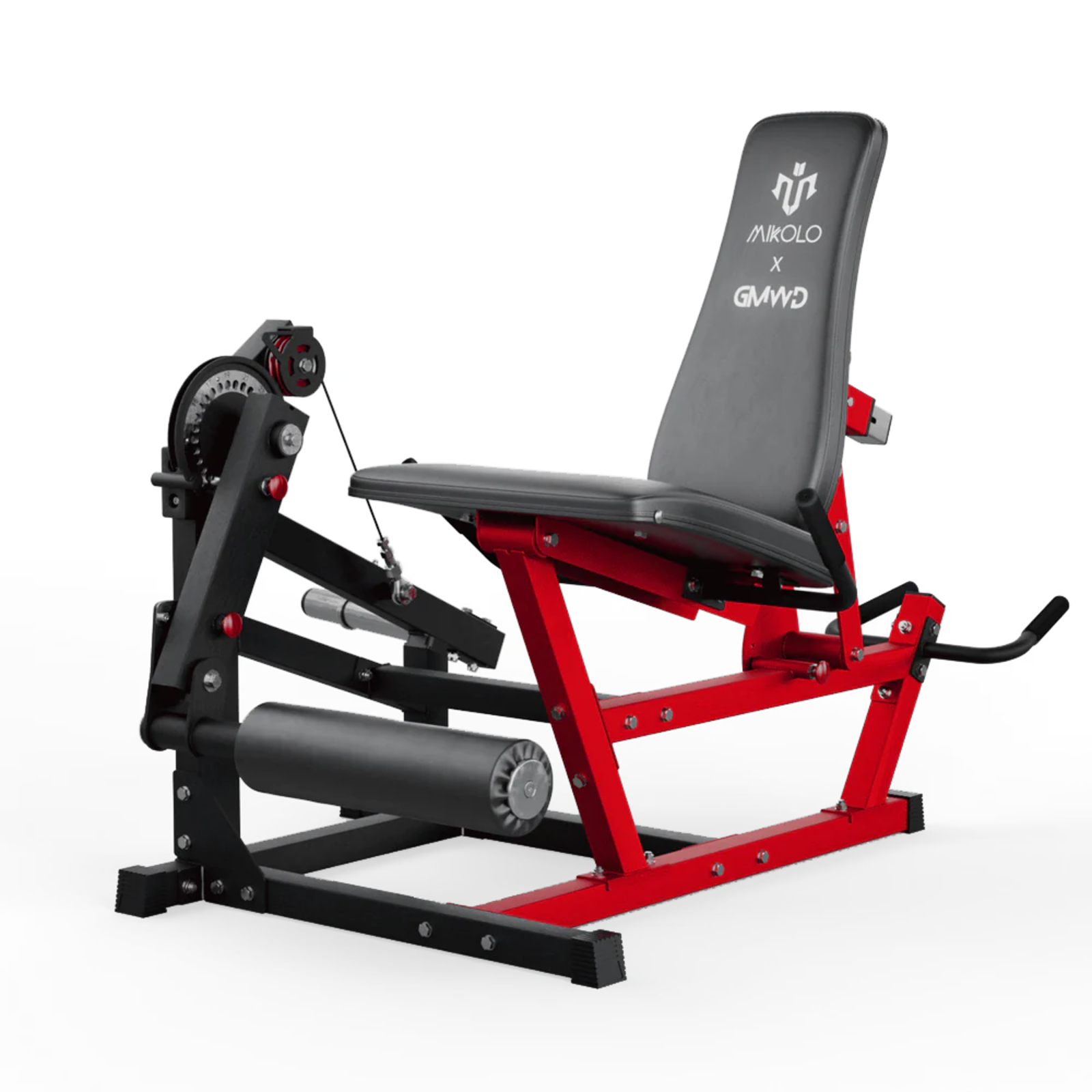

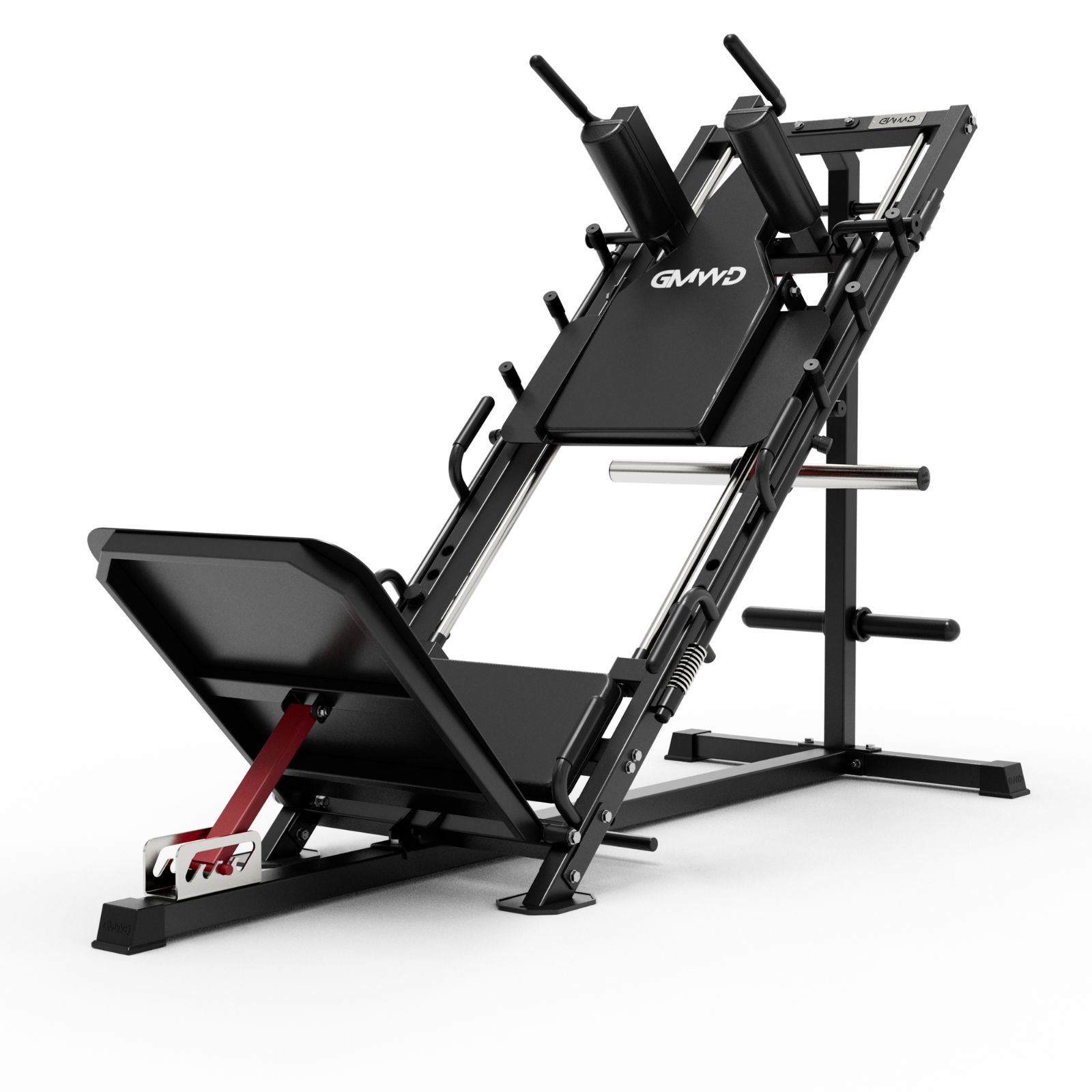


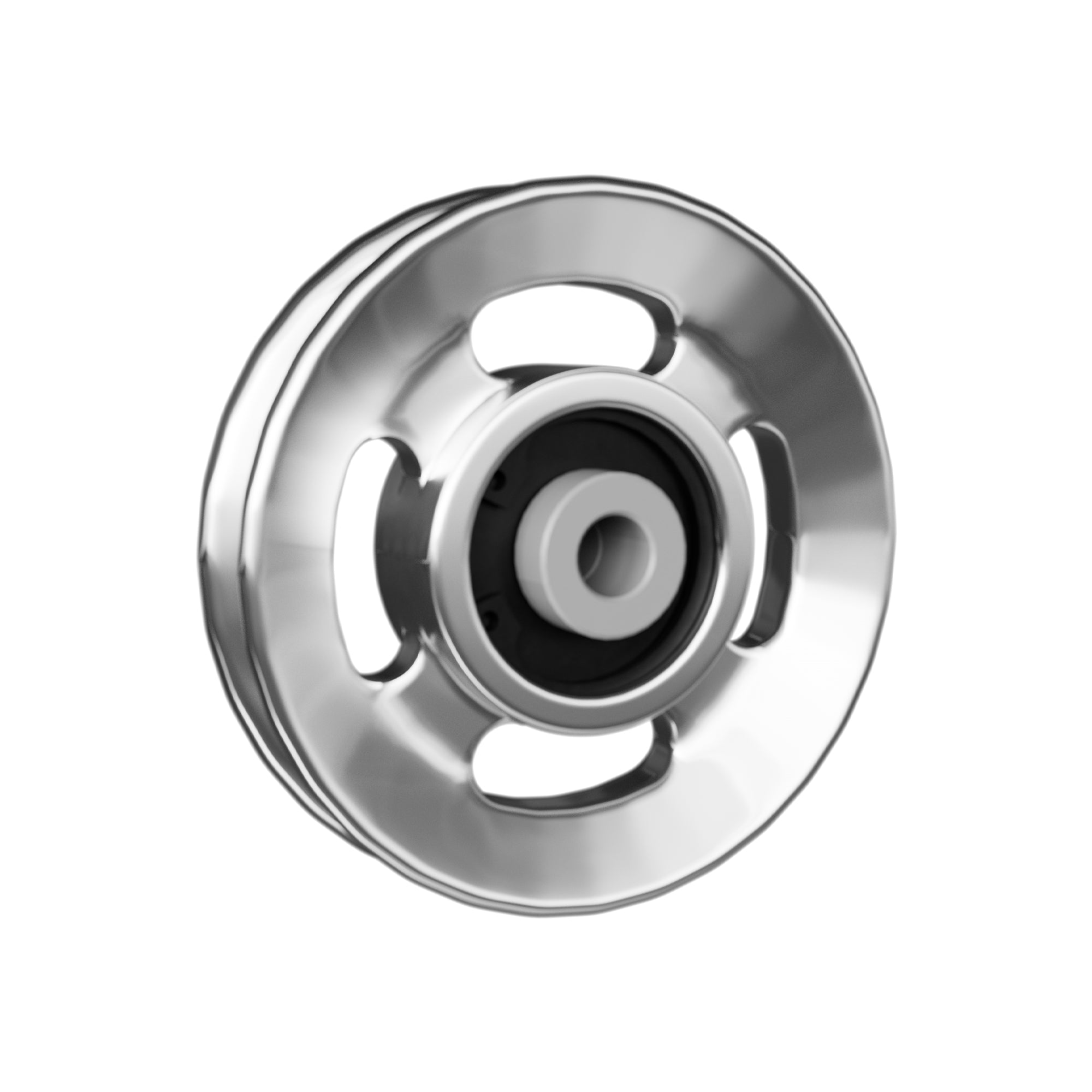
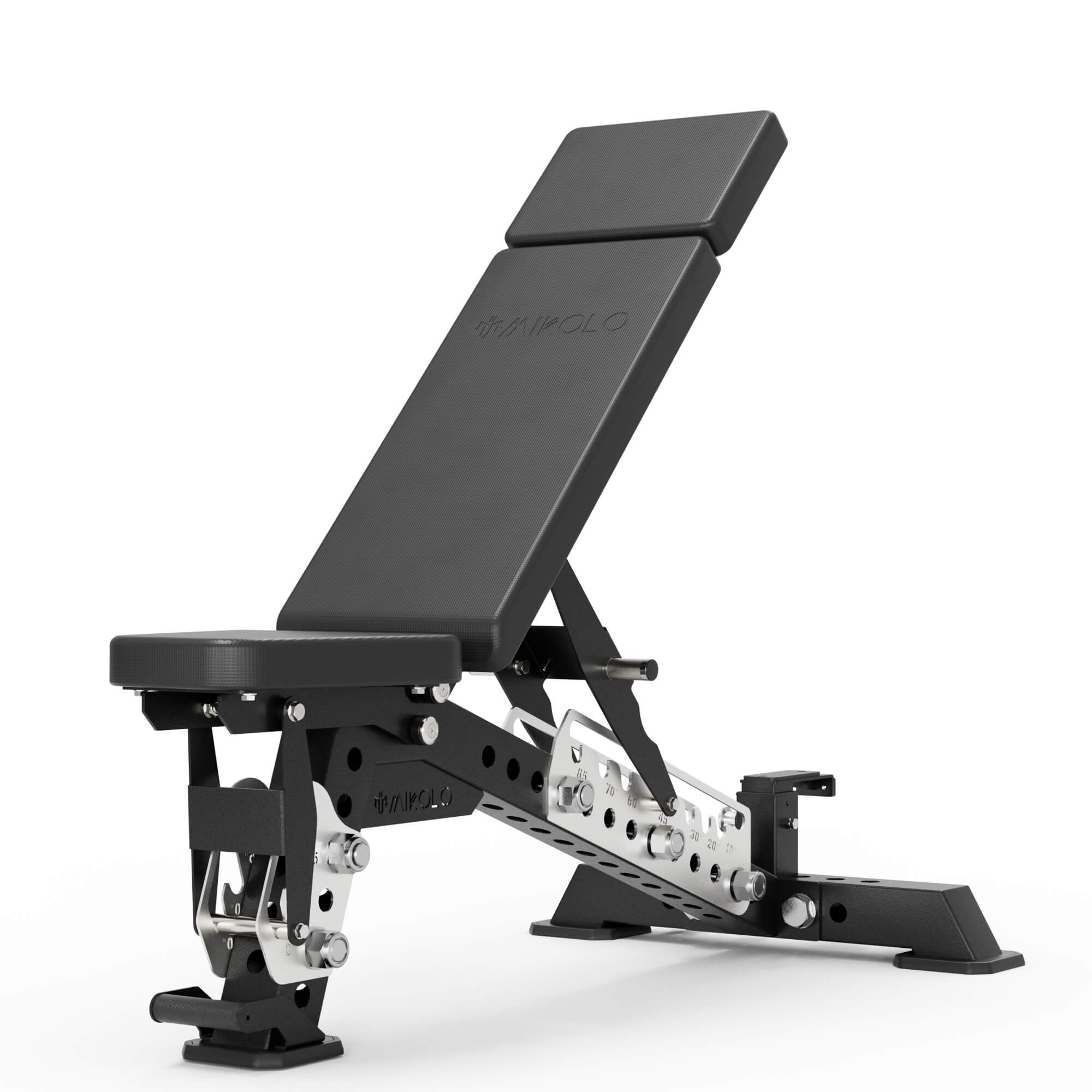
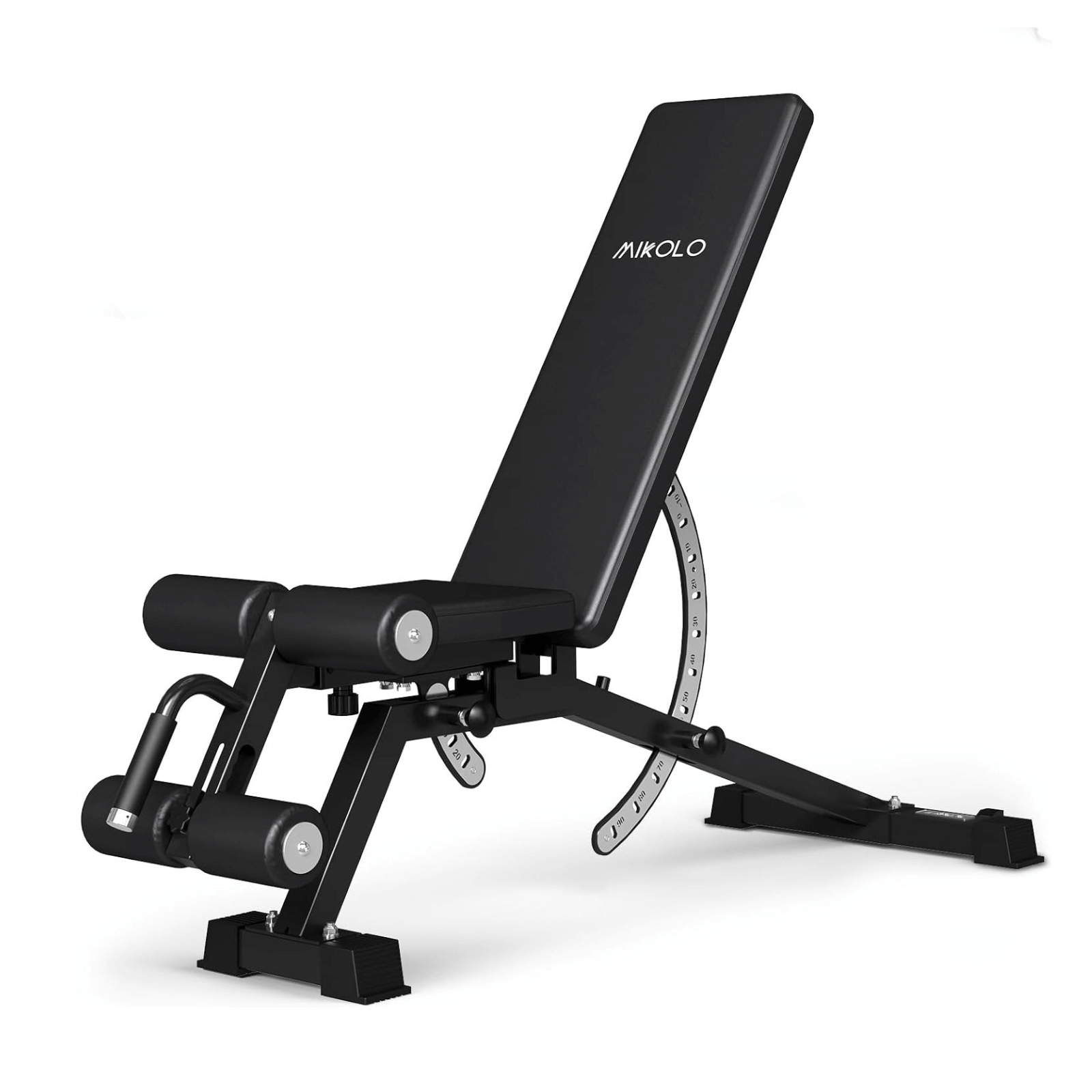

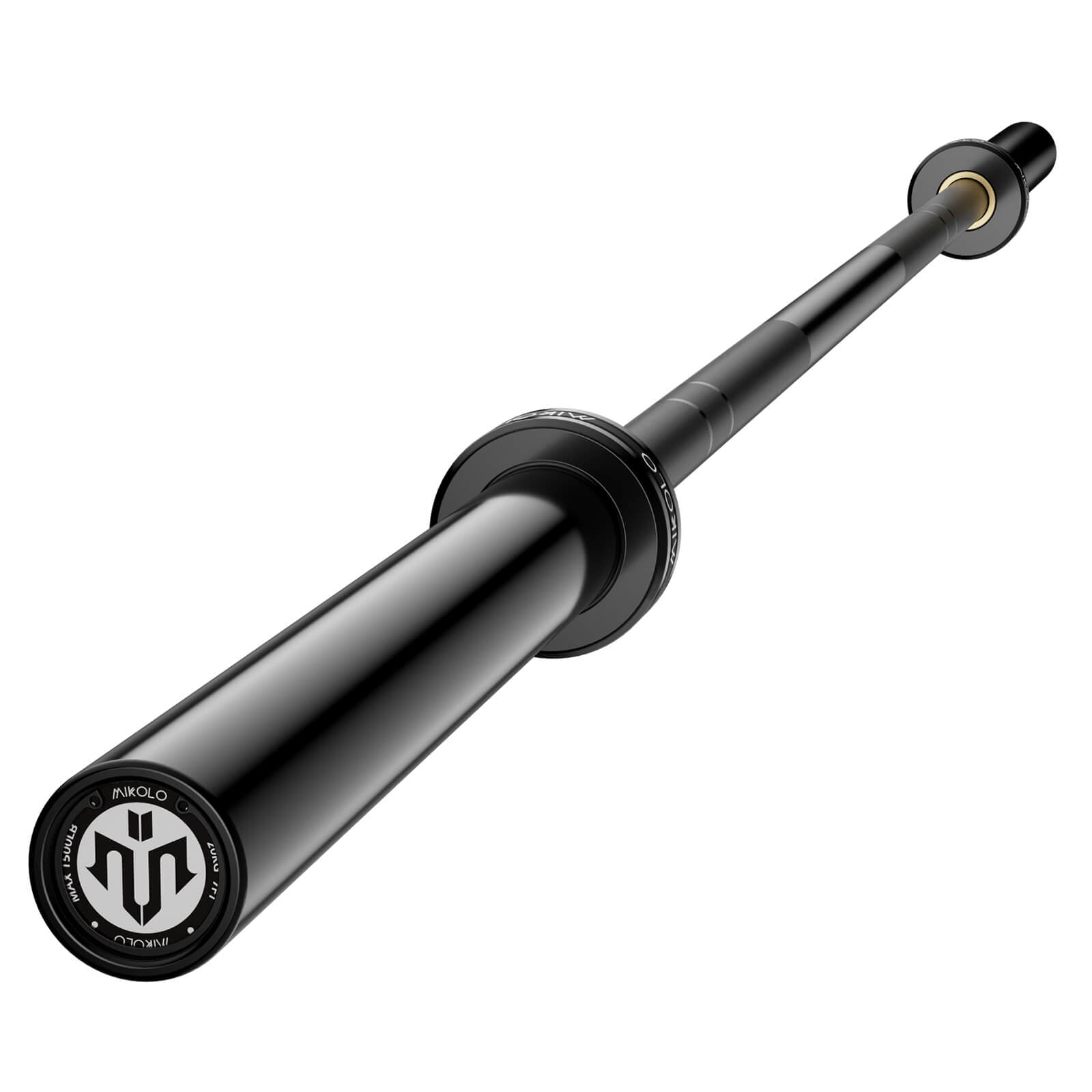
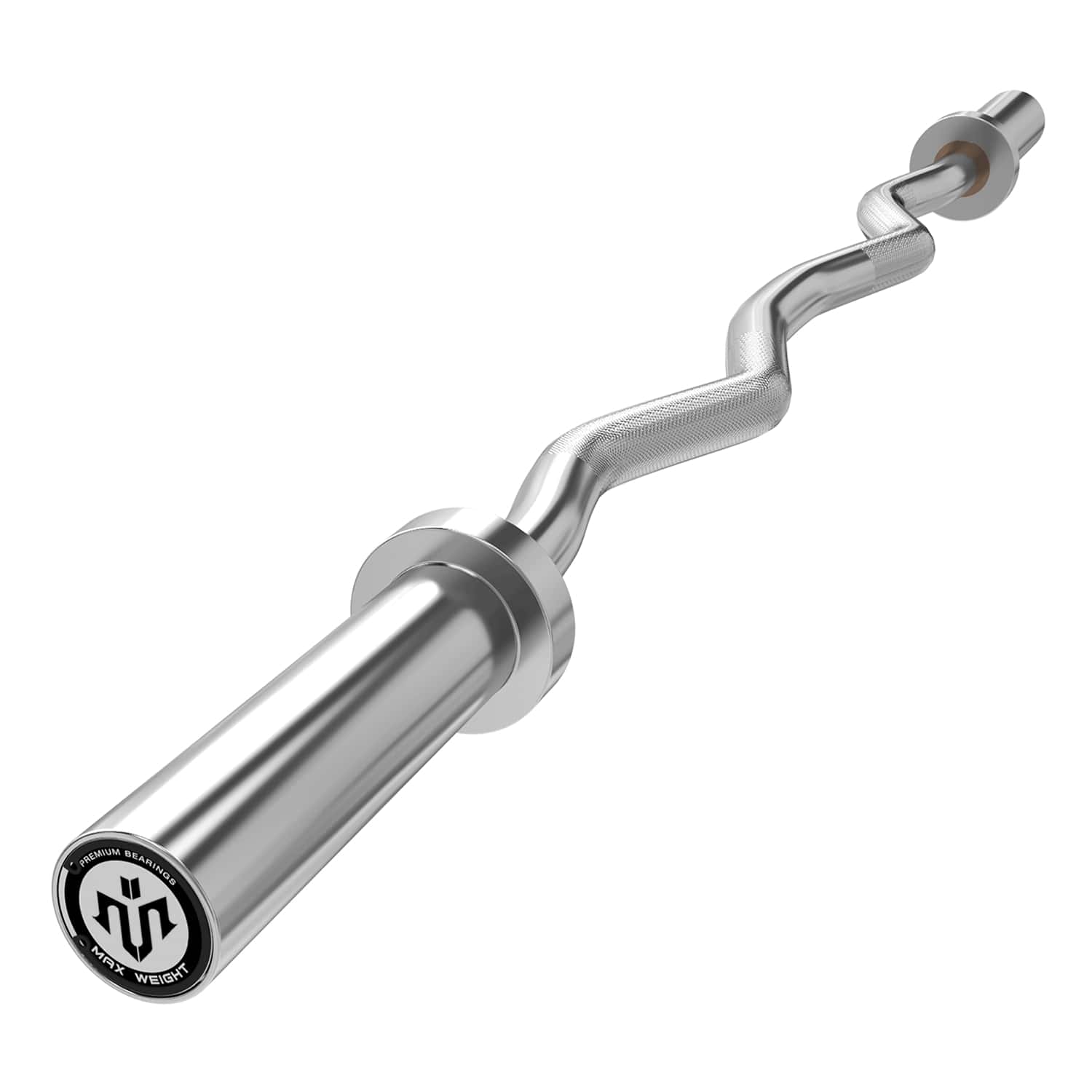
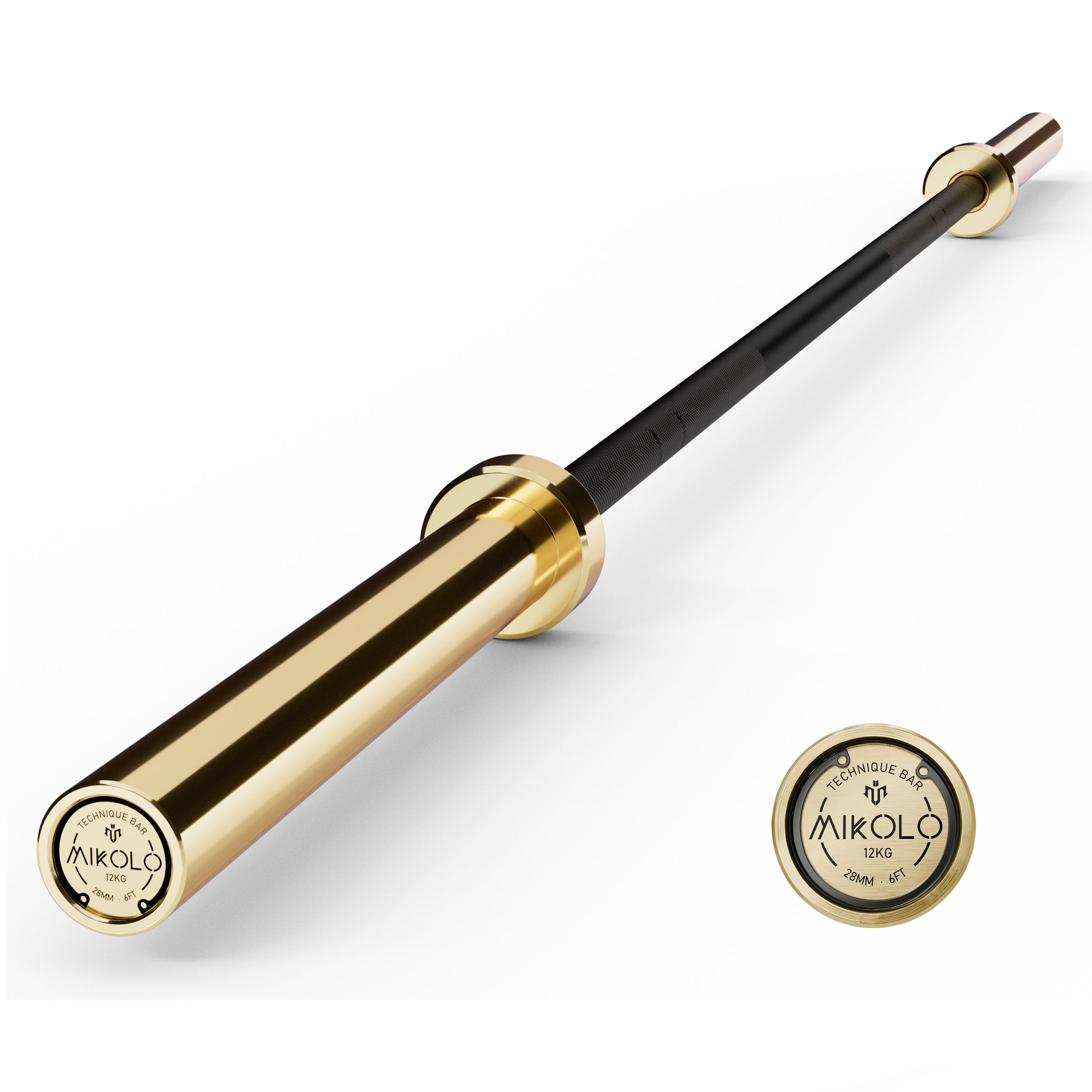
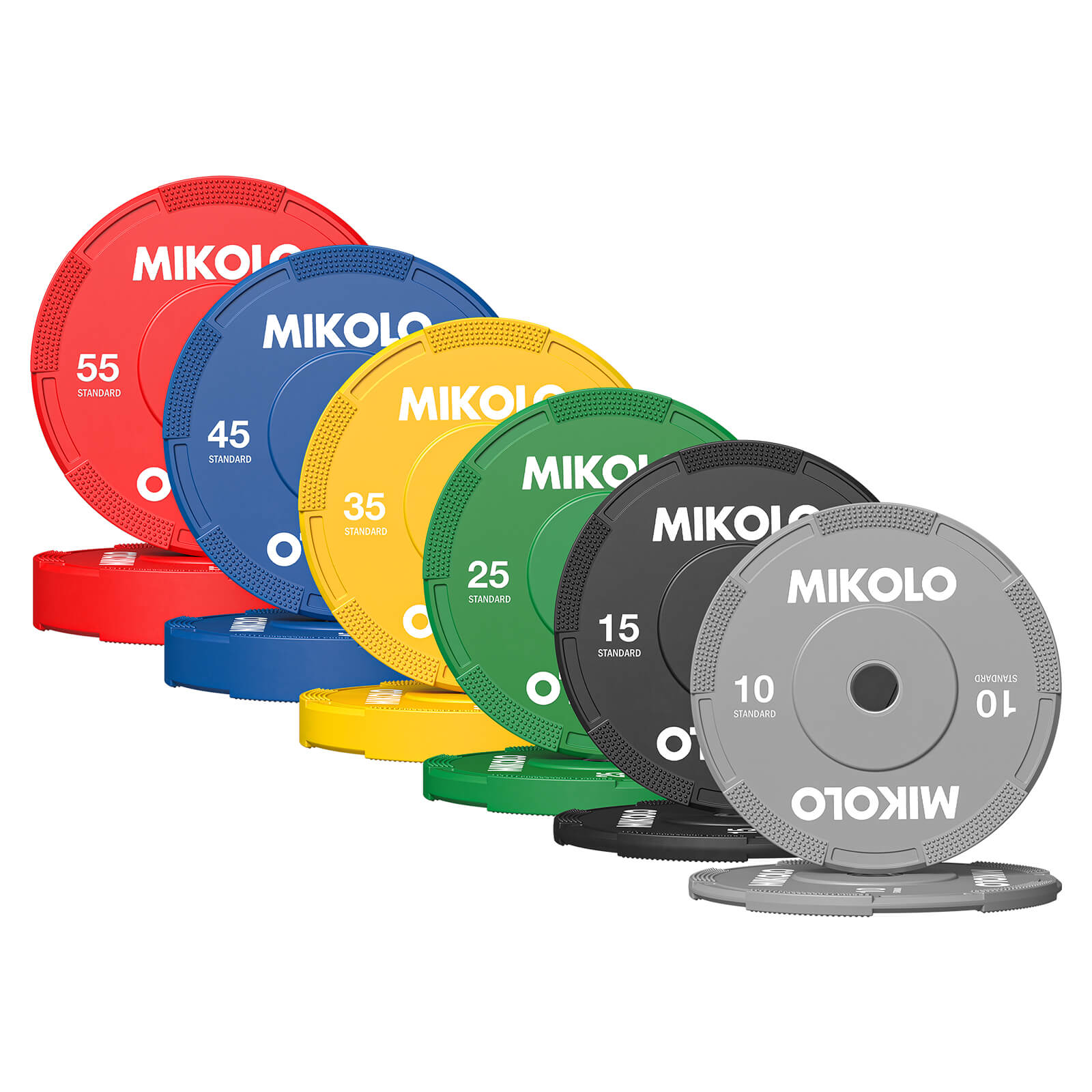
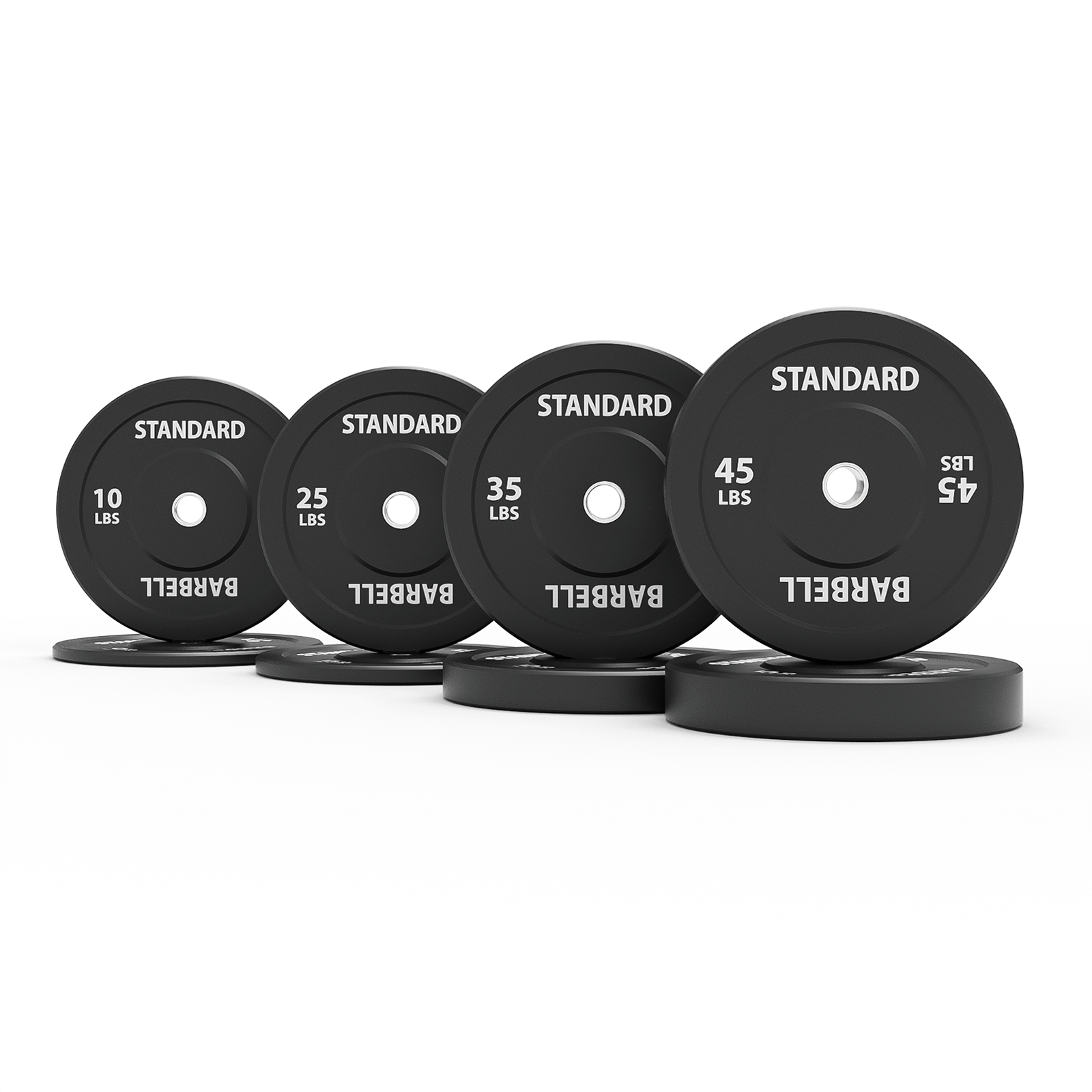
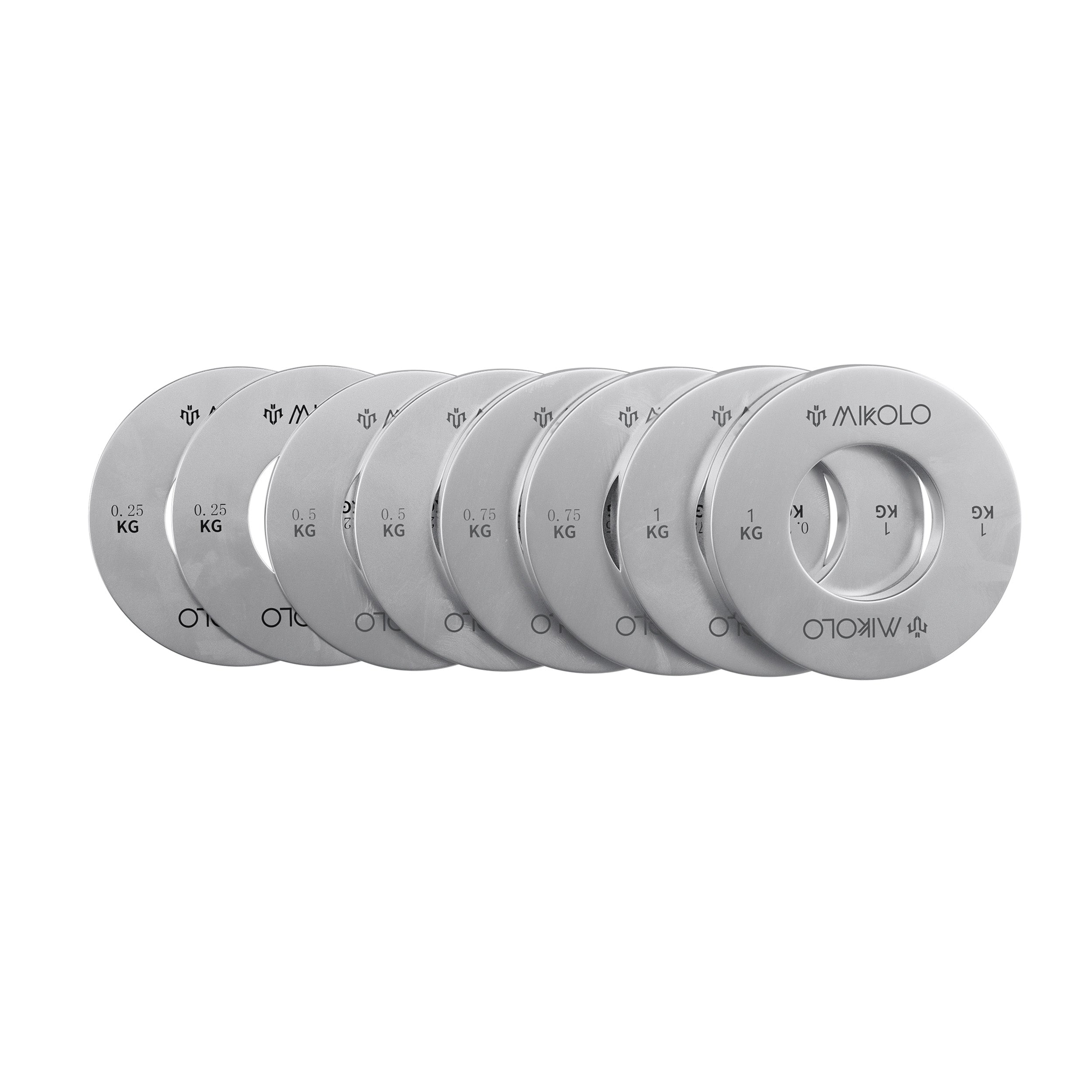


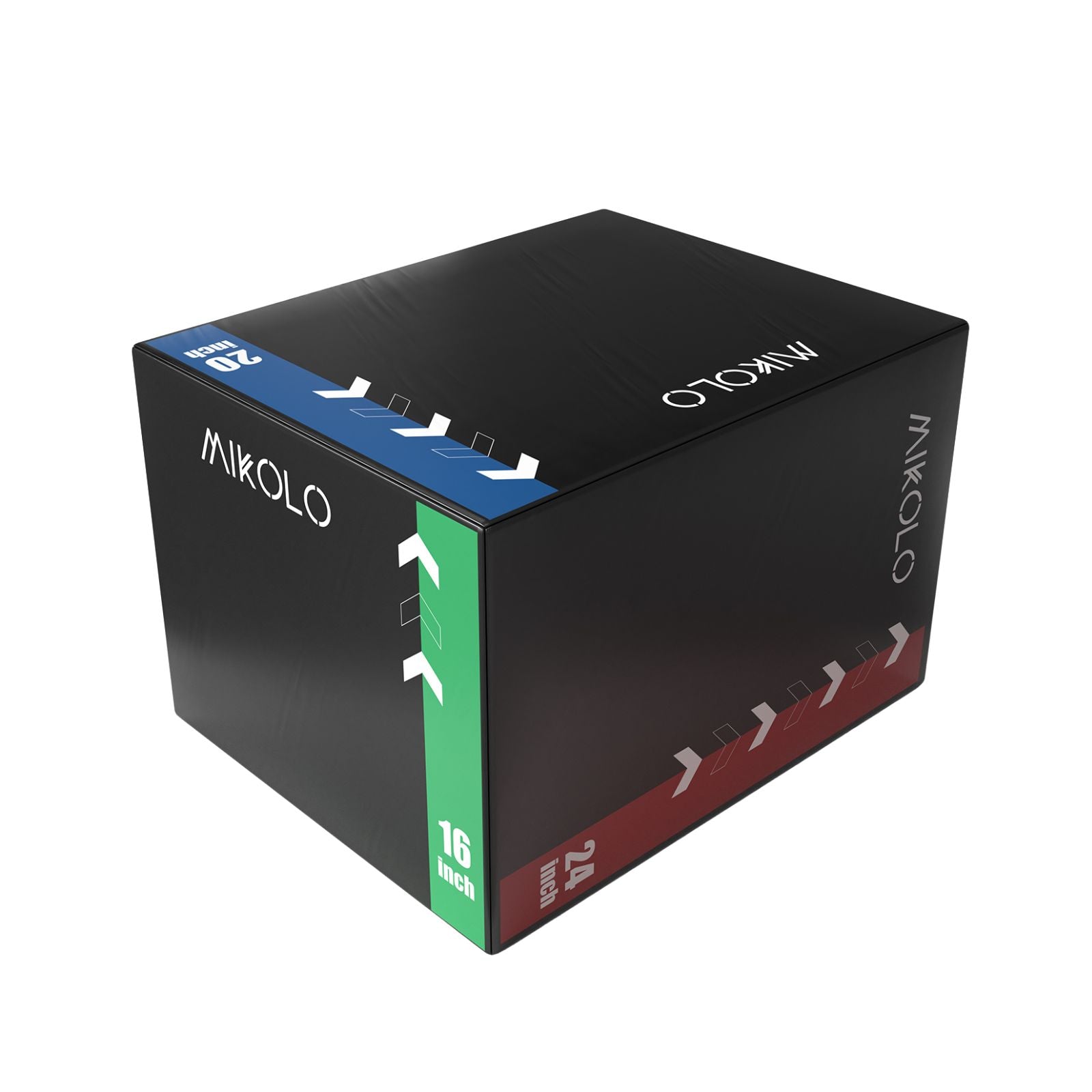
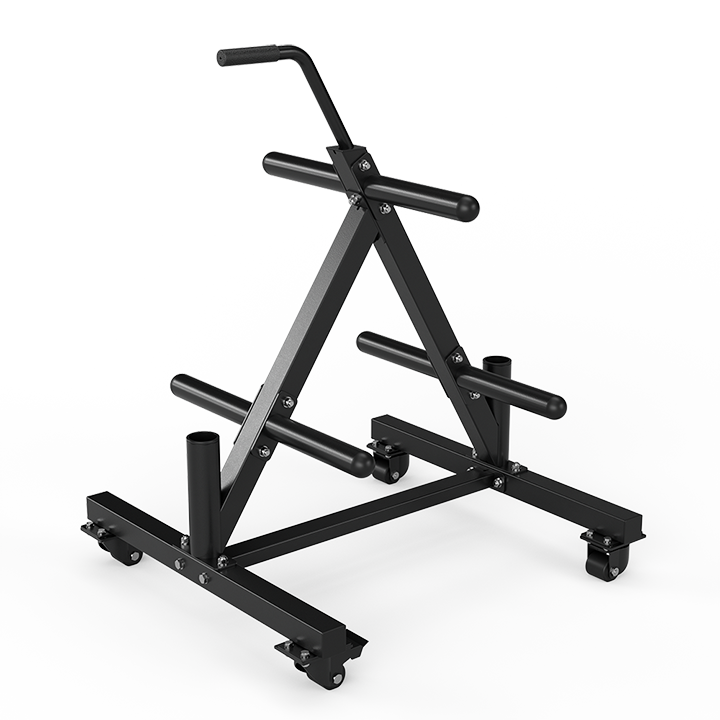





Leave a comment
This site is protected by hCaptcha and the hCaptcha Privacy Policy and Terms of Service apply.